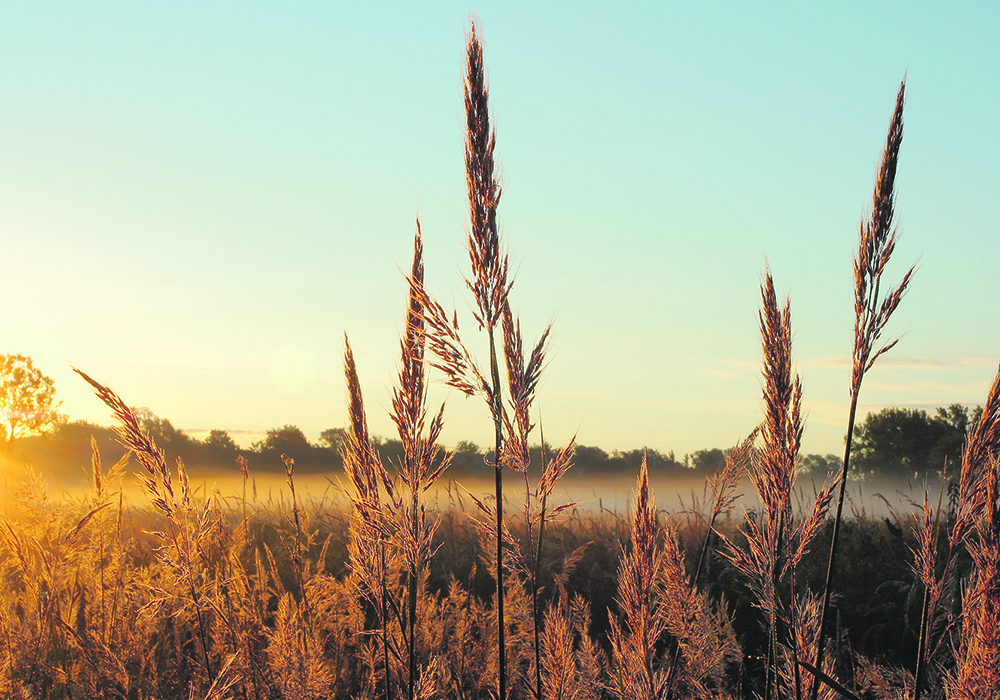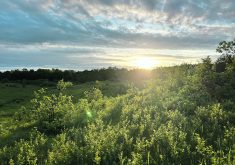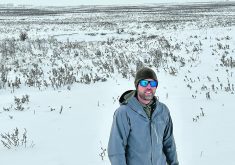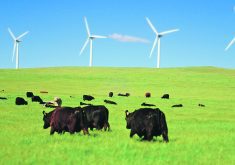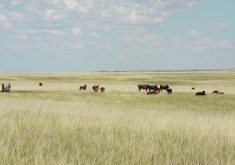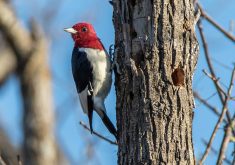The Canadian Wildlife Federation hopes that by meeting with like-minded groups in the United States and Mexico it can find solutions to preserving native grasslands.
John Wilmshurst, the organization’s native grassland conservation manager, recently met with U.S. and Mexican organizations in Fort Collins, Colorado, to discuss possible collective efforts to conserve North American grasslands.
“This group is getting together to bring together ranchers, indigenous communities, nongovernmental organizations and governments to promote native grassland, which is something that should be valued by society,” said Wilmshurst. “There’s a need for all native grasslands and range lands to be protected and promoted.”
Read Also
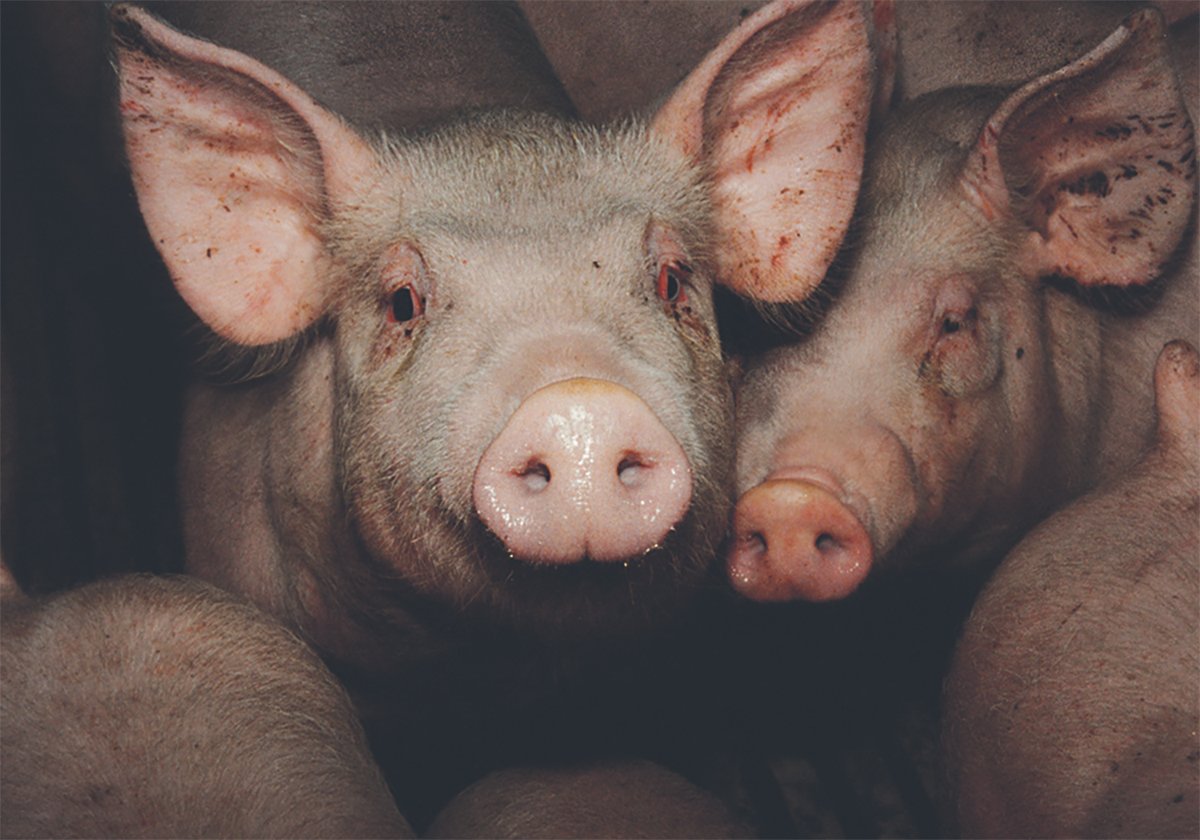
The Western Producer Livestock Report – October 30, 2025
Western Producer Livestock Report for October 30, 2025. See U.S. & Canadian hog prices, Canadian bison & lamb market data and sales insights.
The grasslands support ecosystem services such as water supply and biodiversity, and Canada’s grasslands store up to 18 million tonnes of carbon per year, which was a priority topic at the summit.
“The central grasslands are critical for pollinators, provide habitat for wildlife, store carbon and support millions of people,” Wilmshurst said in a news release. “We had a really great session on soils and carbon sequestration. It’s a really great benefit of having native grasslands, they’re really a powerhouse of carbon and storage.”
The central grasslands roadmap is a collaboration of organizations that have created a guide to the conservation of North America’s grasslands.
“The roadmap is all about bringing all this expertise together,” said Wilmshurst. “A lot of local knowledge, a lot of community-based knowledge and figuring out where do we get the most bang for our buck?
“How can we put our efforts together to really create initiatives that will be effective in protecting native grassland into perpetuity and eventually get to the point where we’re not only doing a good job of protecting what we have, but growing native grasslands. That’s what the roadmap is all about,” said Wilmshurst.
According to Wilmshurst and the CWF, more than 80 percent of native grasslands have been converted to industrial, residential, or agricultural land, making action and collaboration crucial.
“There was a lot of talk about society, ranching and resilient communities and the role of Indigenous communities in protecting grasslands,” said Wilmshurst. “The presence of indigenous groups from Canada, the United States and Mexico was a really inspiring component of this particular summit.”
For the CWF, efforts for the conservation of prairie grasslands are relatively new because the federation has focused on Ontario and Quebec, said Wilmshurst.
“Alberta, Saskatchewan, Manitoba, we’re just getting going in our programs. We’re just developing that program, but the interest will be in what can we do to work with producers to give them incentives to keep native grassland.”
The largest threat to North American grasslands has been the conversion to pasture or hay land or to cultivated crops, but Wilmshurst said in the U.S., encroachment of woodland plants such as mesquite and cedar has been a threat in recent years.
He said governments don’t have many real programs or strategies in place to protect the grasslands, and that most of the initiatives are done by private foundations, most of them south of the border.
“The American side wants to create a national bill to protect the native grasslands,” said Wilmshurst, “programs to protect native areas but they really want to create legislation that will provide incentives for native grasslands to be protected.”

